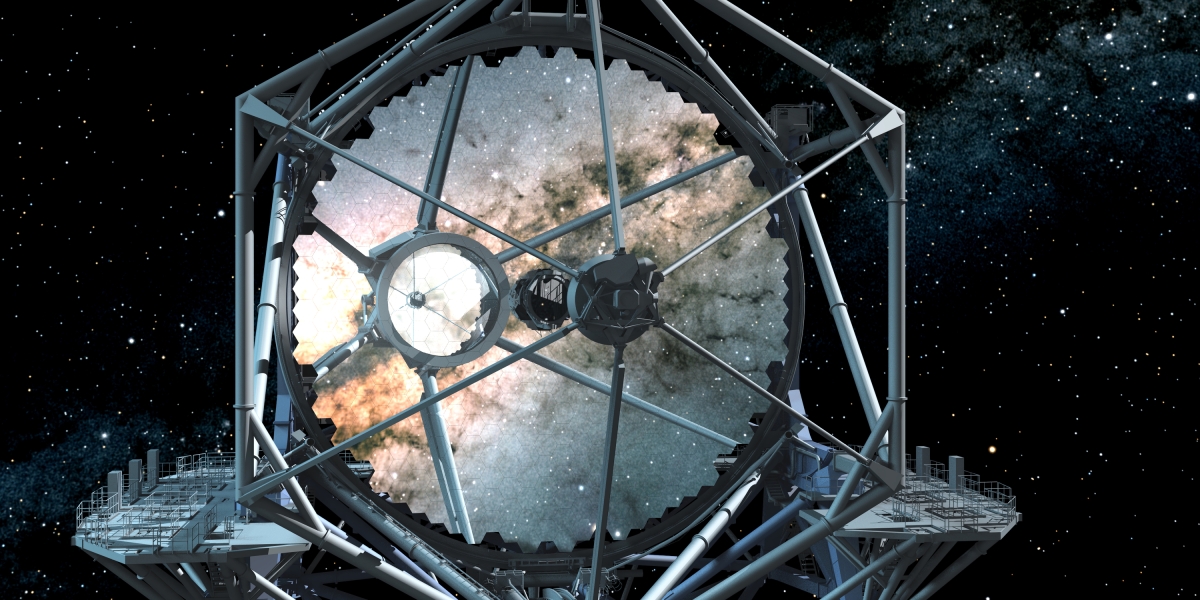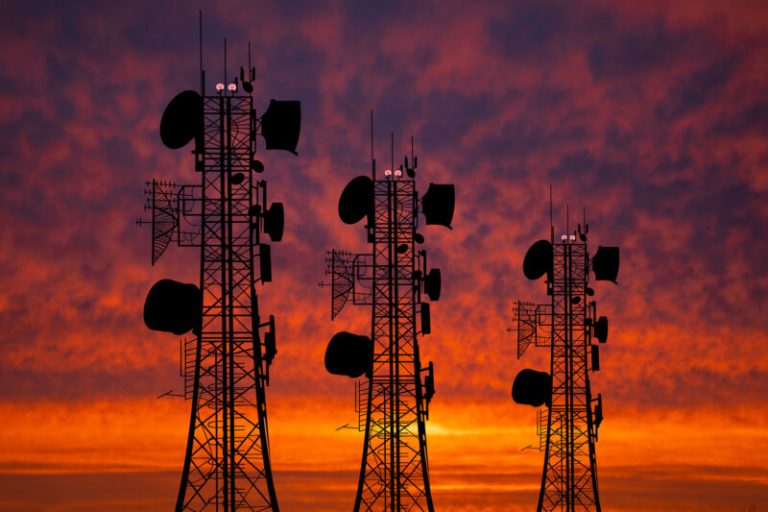
Using spectroscopy, which examines how matter and light interact, astronomers will now begin to study the atmospheres of large, hot worlds for evidence of biosignatures, or signs of life on other planets.
The second new priority announced in the report: seeking to understand what happened during the earliest moments of our universe by probing the nature of black holes, white dwarfs, and stellar explosions. Through projects like the launch of the Laser Interferometer Space Antenna, a proposed space probe that will detect and measure gravitational waves, research in this area could help scientists discover new physics and sharpen our understanding of astronomical measurements.
The third priority will try to tackle the origins and evolution of galaxies and determine how these astronomical systems are intertwined. In particular, researchers want to use spectroscopy to study the diverse structures that make up the environments around galaxies.
A new way to plan missions
The committee’s report also says NASA should create a new program to change the way projects are planned and developed.
“Instead of recommending and approving missions that will take that many years,” says González, “what we recommend to NASA is to create a line that we call the Great Observatories Mission and Technology Maturation Program that designs and develops technology for missions before they are approved.”
This program would develop technologies years in advance of when they would be slated for any space mission and provide early-stage checks and reviews along the way. Usually that process begins when a mission is recommended, but this program aims to halve the time between recommendation and launch.
Given how much time and money it takes to develop a mission concept, the report suggests, a new approach could help increase the number of large-scale projects NASA could work on at one time. Whether or not they end up flying isn’t an issue, says González. It’s about having the right resources and support as early as possible.
The first mission to enter the new program will be a space-based telescope that will use high-contrast imaging to provide new data on exoplanets, in keeping with Astro2020’s main priorities. Significantly larger than the Hubble Space Telescope, it will be able to observe planets that are fainter than their star by a factor of at least 10 billion. This will profoundly change the way astronomers view the known universe.
Today, the estimated cost for the project is around $11 billion, and if it’s approved by NASA, a potential launch isn’t slated until the early 2040s.
On the ground
For ground-based observatories, the committee’s top recommendation is to continue investing in the US Extremely Large Telescope Program, which is currently made up of three elements: the Giant Magellan Telescope in Chile, the Thirty Meter Telescope in Hawaii, and the National Science Foundation’s National Optical-Infrared Astronomy Research Laboratory, based in Arizona.
Astro2020 also recommends that the Karl Jansky Very Large Array and the Very Long Baseline Array be replaced by the Next-Generation Very Large Array, a much more sensitive radio observatory, to be constructed by the end of the decade.
The report says the success of each of these projects is essential if the United States hopes to maintain its position as a leader in ground-based astronomy.
González says she hopes this year’s report will lead to new discoveries that reach beyond the scientific community. “This community is not just astronomers,” she says. “It’s astronomers and the people who benefit from the astronomy.”






